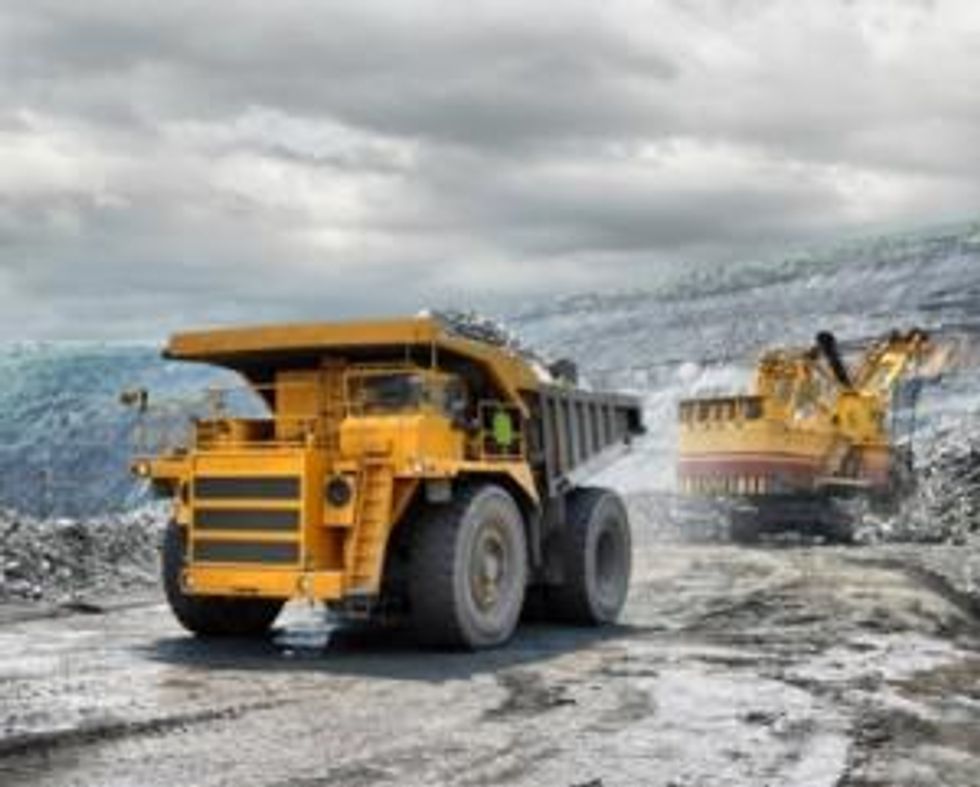- AustraliaNorth AmericaWorld
Investing News NetworkYour trusted source for investing success
- Lithium Outlook
- Oil and Gas Outlook
- Gold Outlook Report
- Uranium Outlook
- Rare Earths Outlook
- All Outlook Reports
- Top Generative AI Stocks
- Top EV Stocks
- Biggest AI Companies
- Biggest Blockchain Stocks
- Biggest Cryptocurrency-mining Stocks
- Biggest Cybersecurity Companies
- Biggest Robotics Companies
- Biggest Social Media Companies
- Biggest Technology ETFs
- Artificial Intellgience ETFs
- Robotics ETFs
- Canadian Cryptocurrency ETFs
- Artificial Intelligence Outlook
- EV Outlook
- Cleantech Outlook
- Crypto Outlook
- Tech Outlook
- All Market Outlook Reports
- Cannabis Weekly Round-Up
- Top Alzheimer's Treatment Stocks
- Top Biotech Stocks
- Top Plant-based Food Stocks
- Biggest Cannabis Stocks
- Biggest Pharma Stocks
- Longevity Stocks to Watch
- Psychedelics Stocks to Watch
- Top Cobalt Stocks
- Small Biotech ETFs to Watch
- Top Life Science ETFs
- Biggest Pharmaceutical ETFs
- Life Science Outlook
- Biotech Outlook
- Cannabis Outlook
- Pharma Outlook
- Psychedelics Outlook
- All Market Outlook Reports
India Removes Ban on Iron Ore Mining in Goa, Iron Prices Continue Decline
Iron ore prices have lost 16 percent so far this year, and that trend does not look ready to change anytime soon.
The Indian government banned iron ore mining in Goa 19 months ago in an attempt to crack down on illegal mining activities, but yesterday the Supreme Court removed the export restriction with the caveat that exports will be capped at 20 million tonnes annually, Reuters reported. The rule change follows news that Rio Tinto (NYSE:RIO,LSE:RIO,ASX:RIO) and BHP Billiton (NYSE:BHP,LSE:BLT,ASX:BHP) plan to step up iron ore production this year, meaning that exports from Goa will only add to already bloated global supply.
Graeme Train, commodity analyst at Macquarie in Shanghai, told Reuters that while “[i]n itself 20 million tonnes is not a huge amount,” if India can export the full 20 million tonnes, “it’s just another contributor to rising supply.”
Furthermore, Bloomberg notes that the limit on Goan exports may be increased in six months, following an assessment by a court-appointed environmental panel. According to the publication, Goldman Sachs Group, Credit Suisse Group and Citigroup have all predicted lower iron ore prices for the remainder of 2014.
Hong Kong analyst Ivan Szpakowski points out that it will take time for Indian miners to “re-employ the labor force, [and] get the mines back up in operation,” stating, “[i]t won’t be a quick process. It will take time before we see the volume in the market.” However, he does not discount the effect that the ban’s removal will have on the worldwide iron ore surplus, telling Bloomberg, “[t]he market on the whole has been underestimating the resumption in Indian production and exports.”
Demand for high-grade ore only?
However, Train also discusses China’s anti-pollution campaign and the top consumer’s growing preference for higher-grade iron ore. “Chinese mills are looking for more high-grade material and the discount for low-grade material is starting to open up so it’d be interesting to see if they (India) can actually get 20 million tonnes into the market,” he told Reuters.
Writing for Reuters, columnist Clyde Russell similarly expresses his skepticism towards near-term iron market bears, stating that even though iron ore prices fell yesterday and are down overall from the start of the year, the commodity is still “up 8.2 percent from the year low of $104.70 on March 10.” He points out that even though demand is slowing, iron ore imports have still increased by 19.4 percent for China for the first quarter of 2014 compared to last year’s first quarter, and suggests a more measured view of downward pressure on the commodity.
Specifically, Russell analyzes fears of diminishing Chinese demand for iron, echoing Train’s thoughts by arguing that increasing costs for domestic mining and decreasing grades for Chinese iron ore could mean that the country will still need to increase imports from higher-quality producers despite slowing demand.
Not all reactions to news of the lift on Goa’s export ban have been negative. Shares of Indian iron ore miner Sesa Sterlite (NYSE:SSLT) gained 7 percent on Monday after the removal of the ban, indicating that investors may have confidence in the iron market and iron miners yet. However, the indication that Indian iron ore exports are set to increase will definitely not ease the global surplus, and the announcement is still in line with the trend of rising global production in spite of easing demand from China.
Securities Disclosure: I, Teresa Matich, hold no direct investment interest in any company mentioned in this article.
Latest News
Investing News Network websites or approved third-party tools use cookies. Please refer to the cookie policy for collected data, privacy and GDPR compliance. By continuing to browse the site, you agree to our use of cookies.
